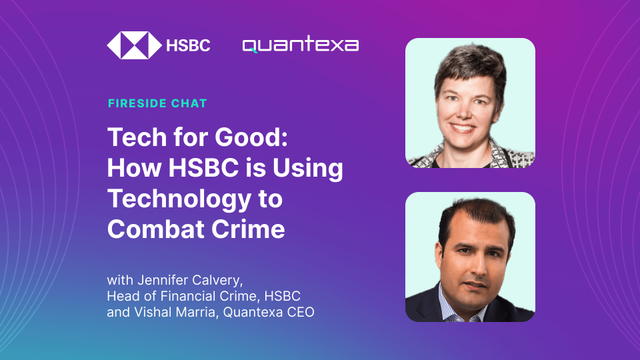Advancing Correspondent Banking Insights: Managing Respondent Banks Risk
Understand how to navigate correspondent banking challenges using technology to optimize systems and transform approaches.
Correspondent banking involves risk at both the micro and macro scale. Macro risks are associated with the broader financial institution network and encompass payment chain risk, respondent banks, and affiliates. Micro risks, on the other hand, are related to the customers of those financial institutions using correspondent banking services to move the funds.
This article will focus on macro risk management, its interrelation with the micro world of correspondent banking, and the impact of technology on identifying and mitigating these risks within the correspondent banking landscape, specifically in the context of Anti-Money Laundering (AML).
FATF Recommendations: What actions should be taken?
The Financial Action Task Force (FATF) provides guidance on correspondent banking, emphasizing risk management for respondent banks. Each correspondent bank must maintain and update customer due diligence (CDD) for its respondents.
In addition to timely CDD management, there are additional risks related to the customers of respondent banks. Although the guidance does not mandate full CDD on them, it recommends considering them when building a general risk profile of the respondent. Valuable information on respondent bank customer types could include:
A broad classification based on economic sectors (e.g., System of National Accounts classification).
Proportions of resident and non-resident customers, as well as the countries of non-resident customers.
Identification of over-represented high-risk categories (e.g., Politically Exposed Persons, or PEPs).
Improvements in payment message content, such as ISO country codes and the Legal Entity Identifier (LEI), can aid in obtaining and updating this information through the analysis of the respondent bank's message flow. These micro insights into respondent bank customer bases as a whole create the macro view of the risk the respondent brings to the business.
Connect the dots using a granular view with a macro lens
FATF emphasizes the use of public data sources to support identification. While manual controls and investigations are crucial, the challenge lies in connecting the complex web of multiple data points of the various entities and customers related to the respondent bank. The solution is automation and advanced analytics, which will support risk mitigation and identification. The essential ingredient is preparing and understanding data for consumption by detailed analytics processes, including Entity Resolution. Quantexa facilitates these processes by fulfilling these three necessary components:
Advanced Analytics
Next-Generation User Interface (UI)
Quantexa's Decision Intelligence platform aids in understanding respondent banks' behavior, contributing to a comprehensive understanding of the risks associated with facilitating correspondent bank payments.
Entity Resolution enables you to resolve third parties and create single profiles connected to external data sources. The advanced analytics layer enables network scoring to understand the customer base of the respondent bank as a whole. Further, in the next-gen UI, all of those can be investigated. The platform enables both automated risk detection as well as manual investigations.
The Quantexa platform components can also be used to enhance existing systems. For example, Entity Resolution can be deployed to optimize alerts in another system, enabling targeted reviews with a single-entity view, while at the same time reducing false positives.
Gain cutting-edge correspondent banking AML and FinCrime solutions
In addition to the core components mentioned above, Quantexa recognizes the evolving landscape of regulatory requirements and technological advancements. The platform integrates machine learning algorithms to adapt to emerging risk patterns, ensuring a dynamic and proactive risk management approach.
Continuous monitoring is facilitated through constant data feeds, allowing for swift identification of anomalies and potential risks. Moreover, Quantexa stays abreast of industry best practices, regularly following the trends and needs.
The incorporation of explainable AI ensures transparency in AML, providing users with a clear understanding of the factors influencing risk scores. With an unwavering commitment to innovation and compliance, Quantexa not only addresses current AML challenges, but also positions itself as a strategic partner in navigating the future landscape of correspondent banking risk management.
Quantexa's solution not only optimizes existing systems, but also drives a transformative shift in addressing FinCrime challenges. By integrating advanced technologies, it offers comprehensive views across the FinCrime spectrum, redefining the landscape of financial security.

 Loading
Loading
